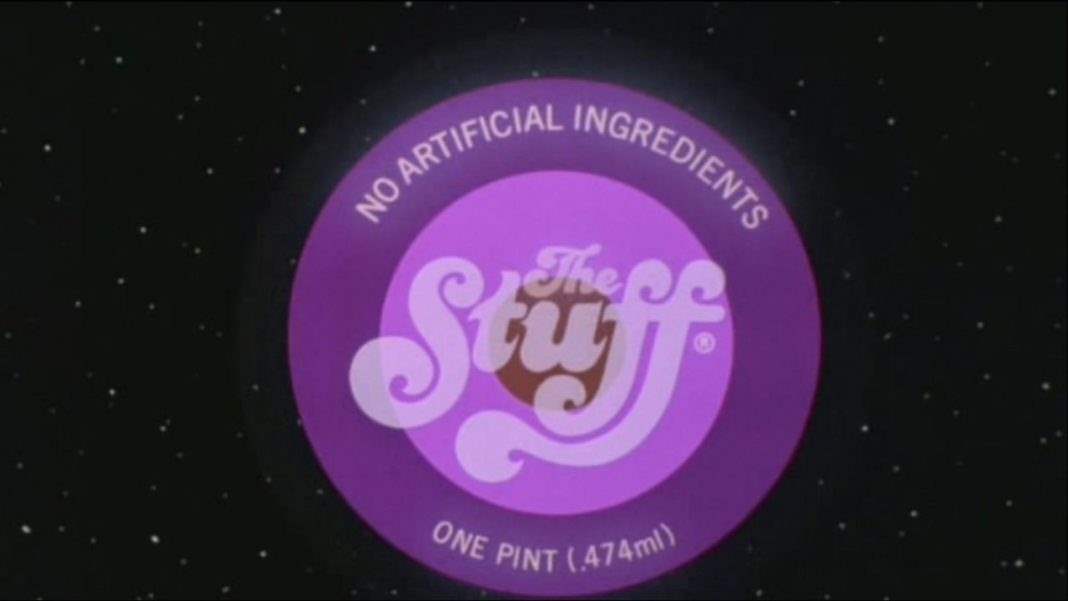“Sometimes, dead is better…” Among the most iconic lines from terror cinema, Fred Gwynne’s delivery of this universal forewarning in Pet Sematary resonates further with a familiar and comforting grace. Appropriately, the compulsion to persevere family in the midst of tragedy is often the most fatalistic of errors, at least when it comes to horror. The Other Side of the Door from Johannes Roberts thematically strikes the aforementioned chord frequently, but its penchant to do so frequently proves tiresome. Fortunately, there are a few finer details that keep the film from falling outright.
Michael (Jeremy Sisto), an antique curator working primarily in India, struggles to preserve his family’s stability as his wife, Maria (Sarah Wayne Callies), falls into suicidal depression following the death of their son, Oliver (Logan Creran). While Maria is recovering from a recent overdose, Piki (Suchitra Pillai-Malik), a Hindu mystic and family assistant, leads the grieving mother to a temple where the division of life and death is weakened, allowing her one last opportunity to speak with her deceased child. However, to fully breach this threshold, or to “open the door,” can result in cataclysmic consequences. Maria’s desperation to reunite with her lost child spurs a malicious haunt that puts not only her and her spouse but also her surviving child’s (Sofia Rosinsky) life in detriment.
Similar to classics like Pet Cemetary, the Other Side of the Door heavily emphasizes the desperation and self-destruction death compels one towards. Though Maria initially engages in violent outbursts upon waking from a night terror, she latter adopts a more determined and focused demeanor once she realizes there’s a chance to encounter her son is something obtainable. However, early scenes expertly foreshadow the trauma to come: After opening her child’s grave to obtain the ashes needed for the death-calling ritual, Maria is reassured of her son’s tenderness via his stuffed tiger. Shortly thereafter, however, she becomes understandably repulsed by his decomposing body. In other words, she is reminded relatively early that her son is not at all what he once was.
The perversion of one’s self gets a bit heavy-handed, but that can be difficult to avoid given the genre. Still, sometimes it can feel a bit needless in this piece. For example, the introduction of the Aghori, a group of indigenous shamans practicing the worship of death through the consumption of necrotic flesh and other practices, seem to be used superficially. While the initial commentary on the tribesmen serves a sincere purpose, to try to illustrate the supposed warping of death upon the living, they begin to feel appropriated as the film powers forth. Still, there is a timelessness that carries this particular theme forward, yet it doesn’t proceed completely unscathed. Goodnight Mommy seemed to try something similar, though that piece seemed more concerned with melding apathy with the grieving process, it still fell short of anything riveting. The Other Side of the Door, unfortunately, doesn’t even stir the formula in a compelling way.
On the positive side, the pacing of the film does not feel nearly as rigid as some of the piece’s other aspects. Following Maria, the film seems to proceed in four, easily transitioning movements. The film begins with grief, then moves into a period of resolution, followed then by a stint of a dark revelation, before finally concluding with an almost explicit regret for the way things transpired. The path the piece takes is not revolutionary by any means, but it’s not boring or otherwise inaccessible either.
In terms of horror, the film often comes off as congested. In one instance, an undisclosed deity will pursue the heroine in her dreams, while the other finds Maria pursued by images of reanimated corpses and a plague of dying fauna. On the other hand, the infectious kudzu-like weed that gradually overtakes the film’s central locale, Maria and Michael’s home, is a nice touch as it parallels the intensity of the film’s haunt. This does get overshadowed by the frequency of the film’s jump scares, which grow more and more needless as the terror grows. On a side note, the multi-limbed deity that makes periodic appearances throughout the film proves effective, and is reminiscent of the Pale Man of Pan’s Labyrinth.
It’s frankly bizarre why this was so heavily emphasized, as the film’s atmosphere alone propels it to the point of unsettling. The ceaseless mass of humanity that is Dubai, coupled by the oddity of the temple prevalent mostly in the film’s first act, seems far more effective than any few milliseconds of cut-away fright. Again, it seems the film is too concerned with fitting as much freights as it can, it inadvertently desensitizes one to what could be the truly horrific moments.
The Other Side of the Door does have several redeeming moments, they just don’t seem to form a very consistent whole. The film does, in a peculiar way, reiterate that grief and desperation will inevitably cause things to fall apart; it’s unfortunate the axiom proves true for the piece itself.
WICKED RATING: 4.5/10
Director(s): Johannes Roberts
Writer(s): Johannes Roberts, Ernest Riera
Stars: Sarah Wane Callies, Jeremy Sisto
Year: 2016
Studio/ Production Co: Kriti Productions, 20th Century Fox
Language: English
Length: 96 Minutes
Sub-Genre: Paranormal




